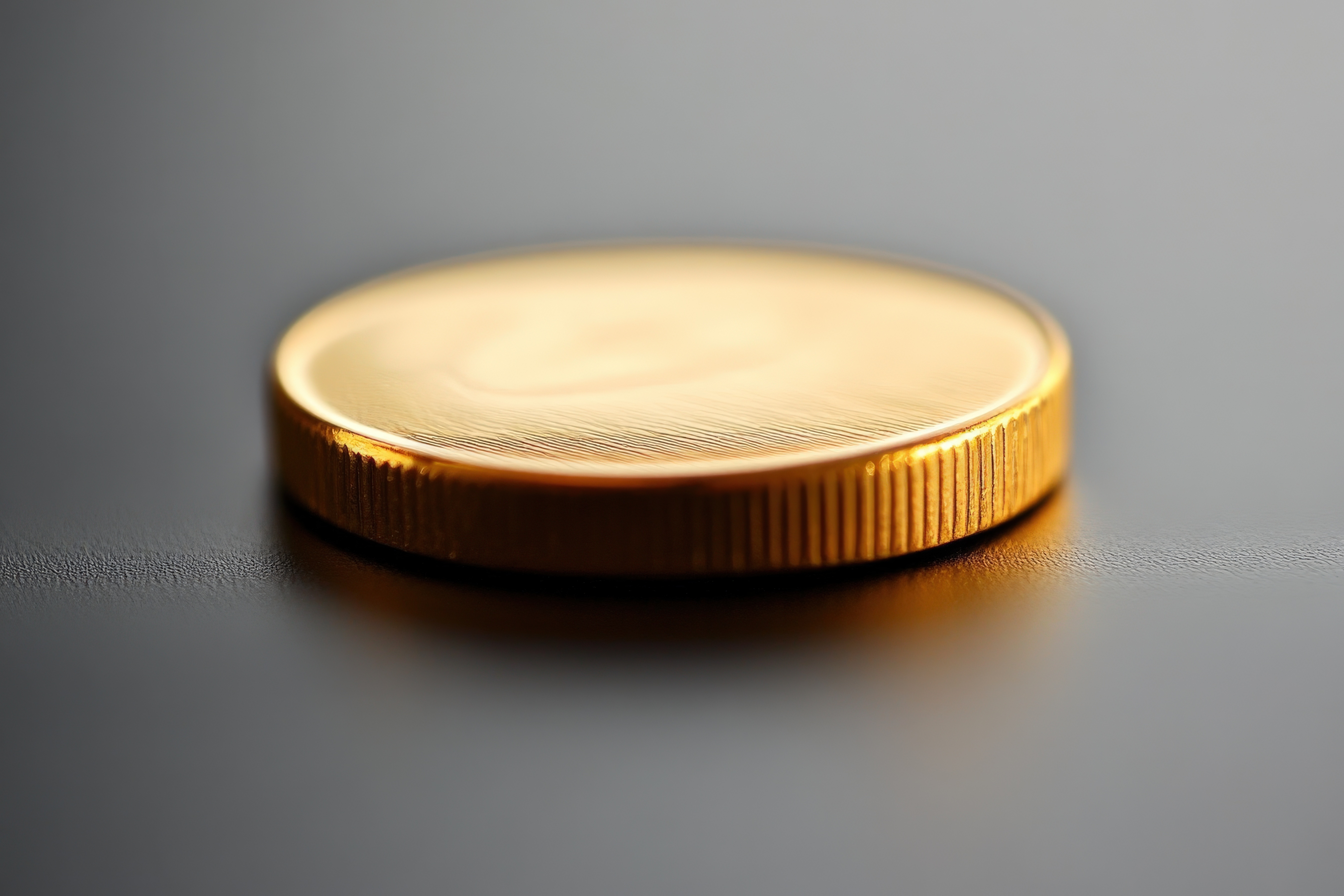What Are Coin Rim Errors?
Understanding Coin Rim Errors: Types, Value, & How to Spot Them
Not to be confused with rim damage, rim errors occur during the minting process and affect the outermost edge of the coin. These errors can take many forms, which are outlined below. These errors sometimes add to the value of a coin, although this isn’t always the case.
What’s the Difference between Rim Damage and Rim Errors?
Dents, dings, and flattening are examples of rim damage. These errors can occur due to excess wear or poor care and maintenance. Damage of this nature usually doesn’t add any value to the coins. If you have coins you suspect may have rim errors that increase their value, seek advice from experienced professionals who sell and buy gold coins. Carlsbad coin collectors can rely on the expertise of the team at First National Bullion.
What Kind of Rim Errors Can Occur?
Various types of errors can occur during the minting process. One example is a broadstrike error that happens when a coin is made without the retaining collar that normally holds it in place. These errors cause coins to appear larger than what’s considered normal, and they can add significant value to coins. A Susan B. Anthony coin with a broadstrike error, for example, sells for around $150. Rim errors can also include:
- Center errors - These errors cause the design to be off-center anywhere from 5 to 60 percent or more. Collectors tend to appreciate coins with off-center errors that have complete dates.
- Die cuds - These distinctive errors appear as flat or raised bumps that can extend to the reverse side of the coin. Die cud errors can add significant value to coins. Washington quarters, for example, sell for as much as $200.
- Partial collars - These errors result in what’s referred to as a “railroad rim” effect by collectors because of a series of ridges that develop and resemble railroad tracks. The collar of the rim isn’t entirely fastened to the coin when it’s struck.
- Finned rims - Excessive striking causes finned rim errors when the metal is forced upward along the outside of the coin, resulting in a fin-like appearance. Morgan Dollars with such errors can be worth a pretty penny.
- Double rims and misaligned dies - If dies are misaligned during the striking process, the result can sometimes be a double rim effect. You don’t get much added value from these errors, although Lincoln pennies with double rims can be worth a lot.
- Rim burns - If dies are damaged during the striking process, the result can be a jagged or irregular appearance. Rim burns occur when the metal scrapes against the rim collar during the striking process. Closely inspect coins for uneven edges or other irregularities. Roosevelt dimes with damage of this nature can be sold for $10 to $40.
- Rim clips - If a coin blank is incorrectly cut, the result can be what’s referred to as a rim clip. Rim clips can be straight or curved. They’re easy to spot if you check the outer edge of your coins. These errors can be worth anywhere from $20 to $200.
- Crenelated rims - Resembling a picket fence, these errors occur along the coin’s edge when a coin is pushed out of the collar after it’s struck. The result is a reeding that extends vertically from the space between the design and the edge of the coin.
Coin rim errors are fascinating minting anomalies that can range from subtle to striking in appearance. From broadstrikes and off-center strikes to die cuds and rim clips, each type of rim error tells a unique story about how the coin was produced. Whether you’re a seasoned numismatist or a curious beginner, understanding these errors can deepen your appreciation for coin collecting and help you spot valuable finds in your collection.
Whether you’re a veteran coin collector or you’re simply looking to sell your old coins, reach out to the experts at First National Bullion. In addition to buying and selling coins, we also offer a huge selection of gold, platinum, and silver bullion. Carlsbad collectors who are looking for the finest-quality coins, bars, and bullion should give us a call to speak with one of our precious metals experts.
The statements made in this blog are opinions, and past performance is not indicative of future returns. Precious metals, like all investments, carry risk. Precious metals and coins may appreciate, depreciate, or stay the same in cash value depending on a variety of factors. First National Bullion does not guarantee, and its website and employees make no representation, that any metals for sale will appreciate sufficiently to earn the customers a profit. The decision to buy, sell, or borrow precious metals and which precious metals to purchase, borrow, or sell are made at the customer’s sole discretion.


